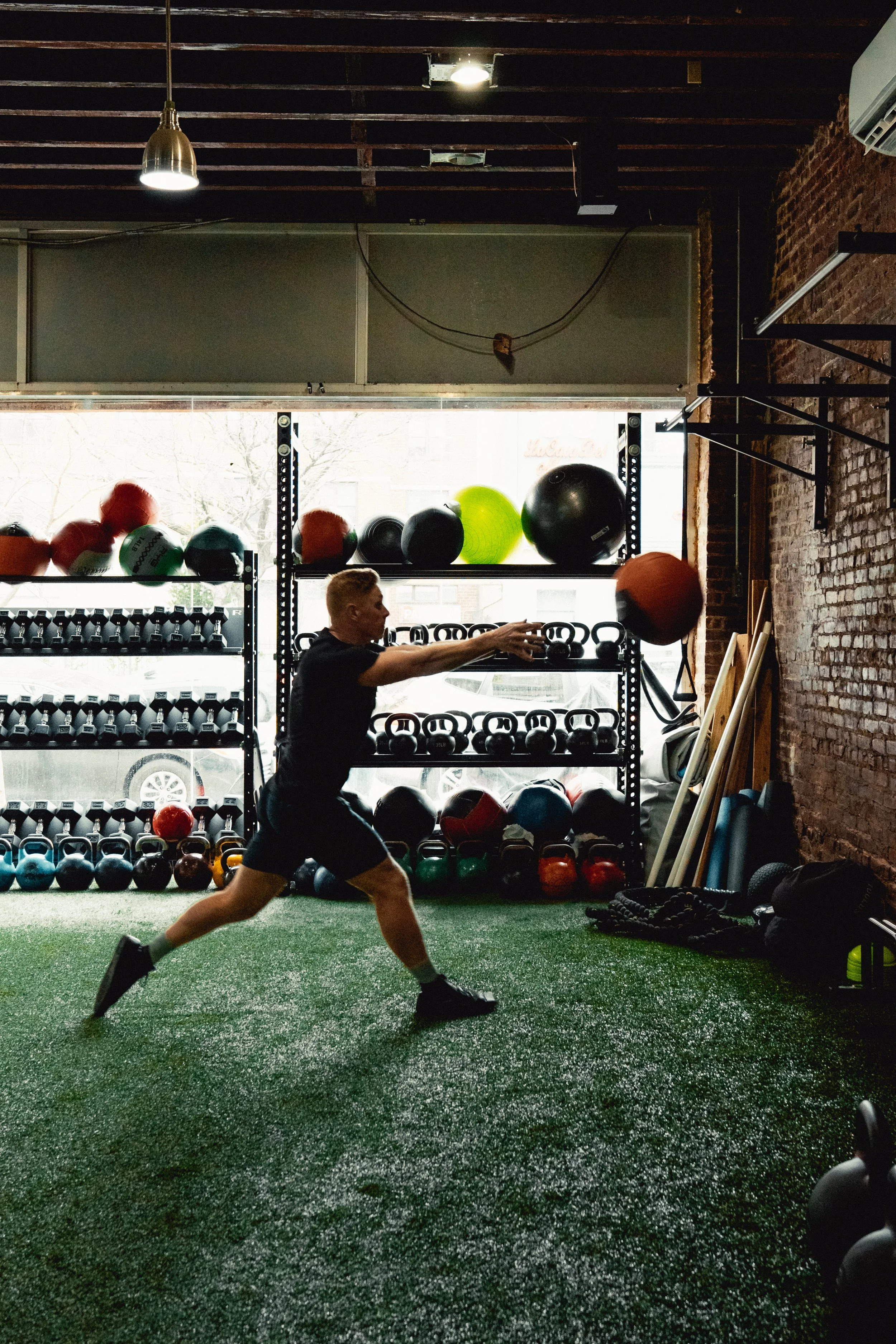3 Essential Shoulder Exercises for Swimmers
/The demands of competitive swimming require robust shoulder mobility, endurance, and power. The repetitive motions of the competitive strokes can stress the shoulder complex, emphasizing the need for well-rounded strength training outside the pool. Here, we discuss three crucial shoulder exercises that every swimmer should incorporate into their regimen.
Read More





